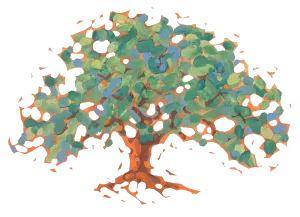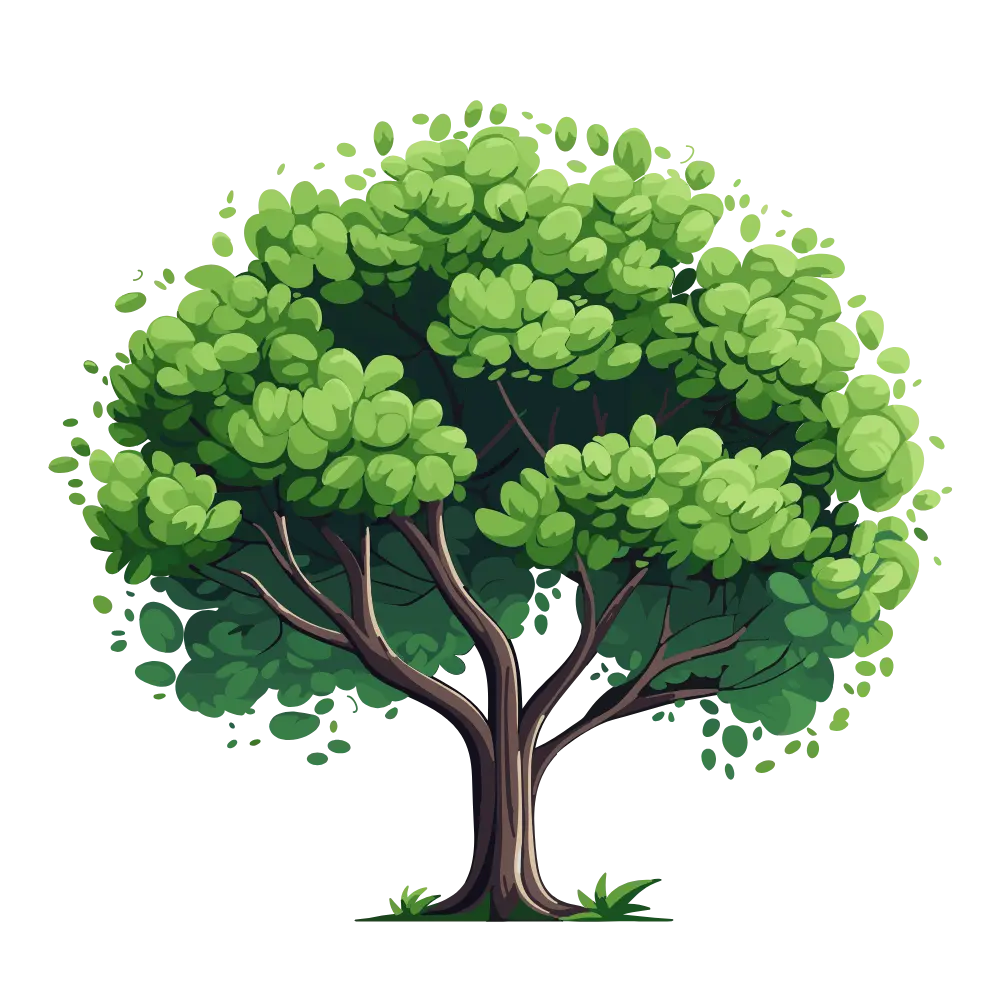Spruce needle cast disease
(rhizosphaera)
Ethical Tree Care
Scientific Based Tree Management
Local Family Owned
Ethical Tree Care • Scientific Based Tree Management • Local Family Owned
GET A QUOTE
*Receive a quote from an ISA Certified Arborist. If you have a basic service request without any questions about your trees or property, quotes are free. Please keep in mind that free quotes do not include tree health diagnosis, tree risk assessments, tree appraisals, and site management.
If this is an emergency, call (507) 535-9082
Spruce needle cast disease (rhizosphaera)
Rhizosphaera needle cast is a prevalent fungal disease that affects various species of spruce trees, primarily those in the Picea genus.
This disease is caused by the fungus Rhizosphaera kalkhoffii and can lead to significant defoliation and decline in affected trees if left untreated. Understanding the causes, symptoms, prevention, and management strategies for Rhizosphaera needle cast is essential for homeowners to effectively protect spruce trees from this damaging disease.


Causes
Rhizosphaera needle cast is primarily caused by the fungal pathogen Rhizosphaera kalkhoffii.
The fungus spreads through spores, which are commonly dispersed by rain splash or wind. Warm and humid weather conditions favor the development and spread of the disease, particularly during spring and early summer. Spruce trees that are stressed due to factors such as poor soil conditions, drought, overcrowding, or improper planting are more susceptible to Rhizosphaera needle cast.

Symptoms
The symptoms of Rhizosphaera needle cast typically appear on the lower branches of infected spruce trees first and progress upwards over time. Some common symptoms include:
- Needle Discoloration: Infected needles initially develop yellow or chlorotic spots, which later turn purplish-brown or reddish-brown.
- Needle Shedding: As the disease progresses, infected needles may drop prematurely, leading to thinning foliage and bare branches, particularly on the lower portion of the tree.
- Fruiting Bodies: Under favorable conditions, small black fruiting bodies (pycnidia) may develop on the surface of infected needles. These structures contain spores and contribute to the spread of the fungus.
- Twig Dieback: Severe infections can cause twig dieback, where the tips of branches turn brown and die.
- Reduced Growth: Infected trees may exhibit reduced growth and overall decline in health, particularly if the disease is left untreated for an extended period.

Prevention
Preventing Rhizosphaera needle cast involves implementing various cultural and management practices to reduce the risk of infection. Some preventive measures include:
- Site Selection: Plant spruce trees in well-drained soil with good air circulation to reduce humidity levels, which can inhibit fungal growth.
- Spacing: Avoid planting spruce trees too closely together, as overcrowding can promote disease development by restricting air movement and increasing moisture retention.
- Watering Practices: Water spruce trees deeply and infrequently to promote deep root growth and avoid excess moisture around the foliage, which can create favorable conditions for fungal growth.
- Pruning: Prune lower branches of spruce trees to improve airflow and reduce humidity levels, thereby minimizing the risk of fungal infection.
- Improve Growing Conditions: Remove turf grass from the growing area of trees and replace with organic mulch.
- Resistant Varieties: When selecting spruce trees for planting, choose species that are known to be resistant to Rhizosphaera needle cast, if available.

Management
If Rhizosphaera needle cast is detected in spruce trees, prompt management strategies should be implemented to prevent further spread and minimize damage. Some management techniques include:
- Fungicide Applications: Call ArborWise Tree Management to perform foliar applications of fungicide. Fungicide treatments are most effective when applied preventively before symptoms appear or in the early stages of infection. Timing of application is critical. Two or more sprays are typically applied.
- Cultural Practices: Continue cultural practices such as proper watering, pruning, and sanitation to promote tree health and reduce stress, which can help trees better withstand and recover from infection.
- Monitoring: Regularly inspect spruce trees for symptoms of Rhizosphaera needle cast and other diseases, especially during periods of favorable weather conditions. Early detection allows for timely intervention and management.
- Tree Removal: In cases where trees are severely infected and showing irreversible decline, Arborwise will remove and dispose of the tree which may be necessary to prevent the spread of the disease to nearby healthy trees.


